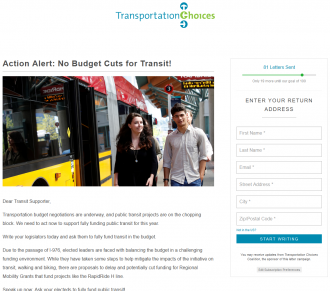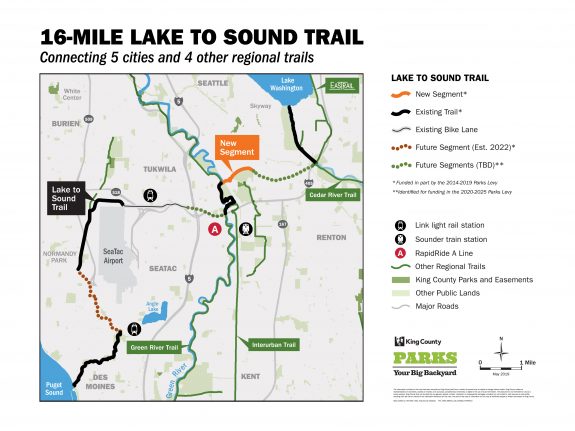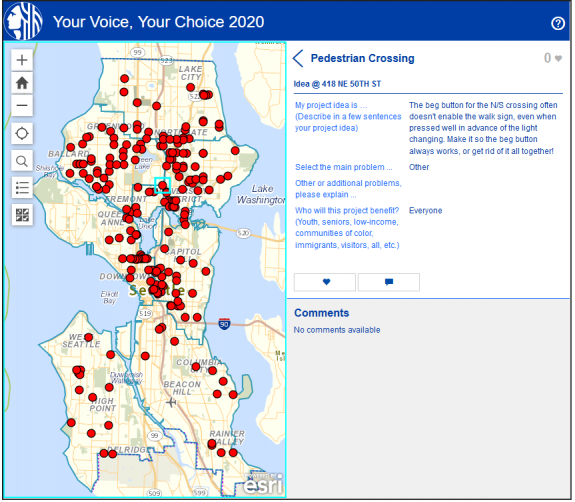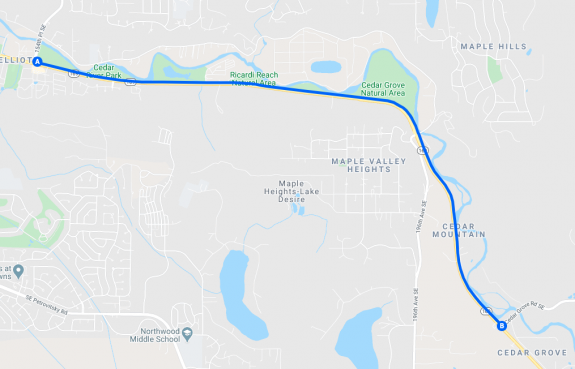The “safety stop,” also known as the “Idaho stop,” is on the verge of becoming law in Washington State. That means people biking will soon be able to legally treat stop signs as yield signs, essentially codifying what most people already do.
The State House of Representatives voted 77–20 to pass SSB 6208 with bipartisan support. The vote follows an almost-unanimous 44–1 vote in the Senate last month. It heads to Governor Jay Inslee next, and there’s no indication the cycling governor won’t sign it. The law is set to go into effect October 1.
The new law does not make it legal to blow through stop signs. If someone is entering a crosswalk or if another vehicle arrives at an all-way stop before you, you still have to stop and yield like normal. This does not change the rules of the road regarding who has the right of way. It also does not apply to school bus stop signs or stop signs at railroad crossings.
Rather, SSB 6208 simply acknowledges that when you’re on a bike your momentum is important, and it’s not just easier but also sometimes safer to roll through a stop sign rather than stopping completely. Initial acceleration on a bike is slow, and sometimes coming to a dead stop in mixed traffic can put you in a vulnerable position.
The change comes a year after Oregon passed a similar law and decades after Idaho. So now the law is consistent in the top left corner of the lower 48.
And though it is a mostly symbolic change, the bill also changes the term “bicyclist” to “person operating a bicycle.” I like that.
Passing this bill was high on the priority list for Washington Bikes. Another of their priority bills, SB 6493, has also passed both chambers. That bill includes some technical changes to the state’s Cooper Jones Active Transportation Safety Council. Bills to create a scenic bikeways program (HB 2587), to add “health” as a state transportation priority (HB 2461), to allow the use of automated camera enforcement of people blocking crosswalks and bus lanes with their cars (SB 5789), and allowing equipment like bike racks to temporarily obscure license plates (HB 2197) still need to get votes in the opposite chamber. Non-budget bills have until 5 p.m. Friday to get votes in the opposite chamber before being declared effectively dead for the year.
Here’s the official summary of the state’s incoming safety stop law from legislative staff:
Background: Drivers of vehicles, bicyclists, and pedestrians must obey a traffic control device.
Every driver of a vehicle approaching a stop sign must stop.
A driver of a vehicle approaching a yield sign must slow to a speed reasonable for the conditions, and if required for safety come to a stop, and then after slowing or stopping, the driver must yield the right-of-way to any vehicle in the intersection or approaching on another roadway so closely as to constitute an immediate hazard. If a driver is involved in a collision with another vehicle in an intersection or junction of roadways, after driving past a yield sign without stopping, the collision must be deemed prima facie evidence of the driver’s failure to yield right-of-way.
There are at least four other states and some municipalities that have adopted a law allowing bicyclists to treat a stop sign as a yield sign. This movement is often referred to as a rolling stop.
Summary: A person operating a bicycle approaching a stop sign must either stop, or follow the requirements for approaching a yield sign.
The provision allowing a person operating a bicycle to treat a stop sign as a yield sign is not applicable to:
- a stop sign at a rail road crossing; and
- a stop signal displayed by a school bus, when the rules of the road require an approaching vehicle to stop












